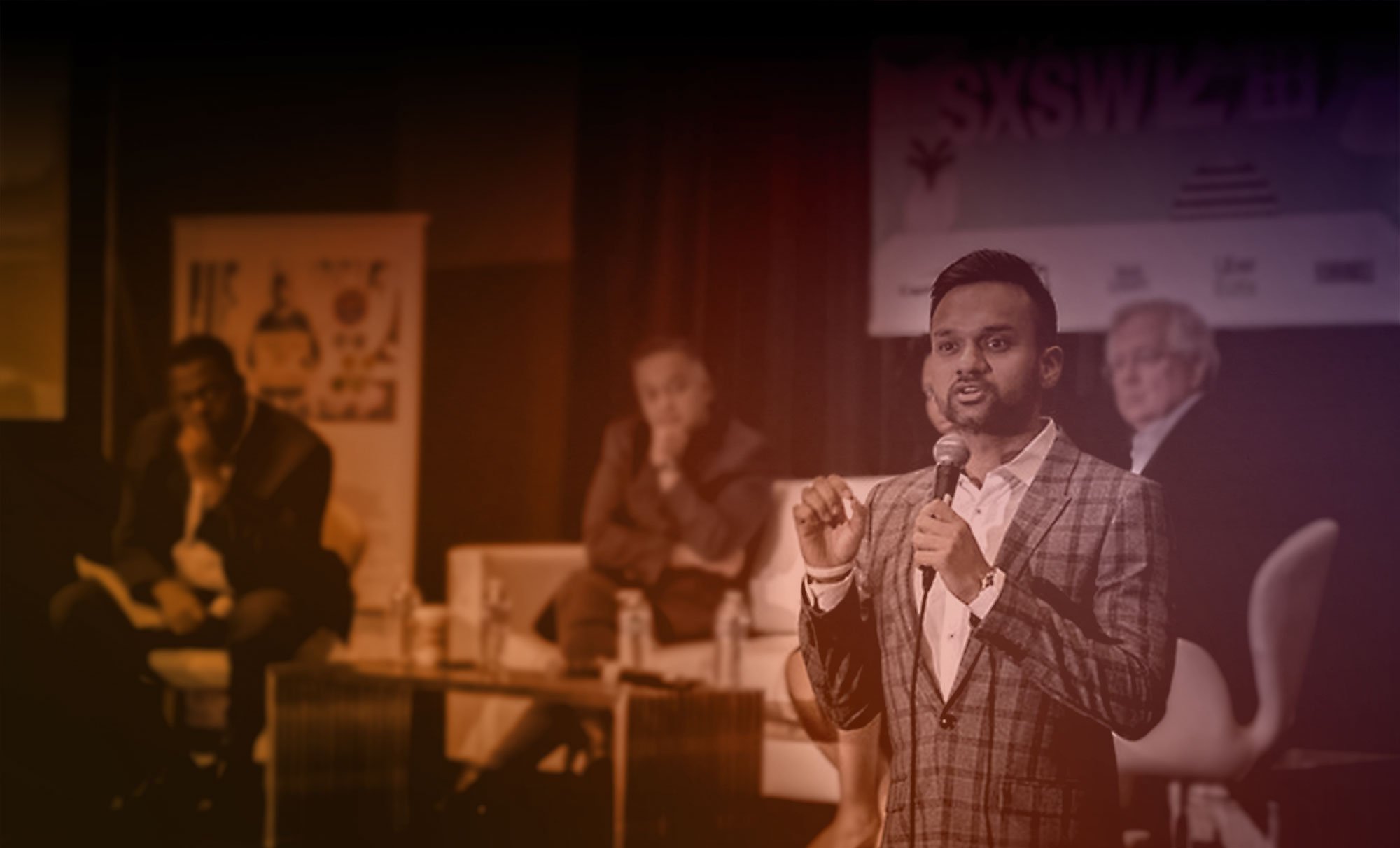
About Anu
Say: “uh-Nuu”
Lawyer, Scientist, Educator, Meditation Expert, founder & CEO of BE MORE with Anu, and author of the award-winning, best-selling book Breaking Bias (2024)
Anu Gupta is an award-winning speaker, author, meditation expert, and the founder and CEO of BE MORE with Anu, an edtech company that trains individuals and organizations to bridge divides and build trust using mindfulness-based tools. He is the author of Breaking Bias: Where Stereotypes and Prejudices Come From and the Science-Backed Method to Unravel Them (2024) with a foreword from His Holiness the Dalai Lama.
Anu’s work has reached 300+ organizations, training more than 100,000 professionals and impacting over 30 million lives. As a gay immigrant of color, he came to the work of breaking bias after almost ending his life due to lifelong experiences with racism, homophobia, and Islamophobia. The realization that bias can be unlearned helped lead him out of that dark point and inspired a lifelong mission to build a global movement for social healing based on principles of mindfulness and compassion.
Anu has lived, studied, and worked globally, which informs his unique perspective on how different forms of biases – whether they are race, gender, ethnicity, religion, or class-based – use the same neural mechanism to create inequities and inefficiencies in different organizational and cultural contexts.
A peer-reviewed author, his original research has been supported by competitive grants from the National Science Foundation, American Heart Association, New York State Health Foundation, the Kellogg Foundation, Nathan Cummings Foundation, Focus For Health Foundation, and Echoing Green. He has written and spoken extensively, including on the TED stage, the Oprah Conversation, TIME, Fast Company, Newsweek, Inc Magazine, People, and Vogue Business.
Anu has a JD from NYU Law, MPhil in Development Studies from Cambridge, and BA in Int’l Relations and Islamic Studies, summa cum laude, from NYU. Prior to law, he served as a Fulbright middle school teacher in South Korea, studied Spanish in Mexico, worked on international women's rights issues at the UN, and founded an educational nonprofit in Myanmar/Burma.
He is a lifetime Fellow of the Mind & Life Institute and a Systems Designer for Penn State Dickinson Law School's Antiracist Development Institute (ADI). Anu is a student of Buddhism and Kriya Yoga, and he has spent over 10,000 hours on retreat at meditation communities in the US and Asia. He is also a 500-hour certified yoga and meditation teacher and has served on the boards of many nonprofits and social enterprises.
Learn more about Anu at anuguptany.com and follow him @anuguptany across social channels.



